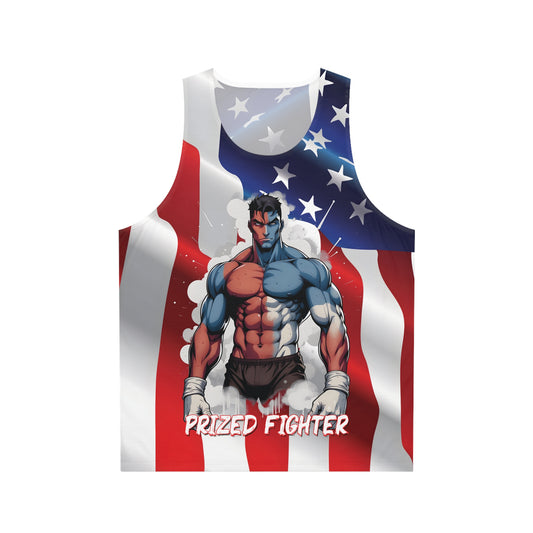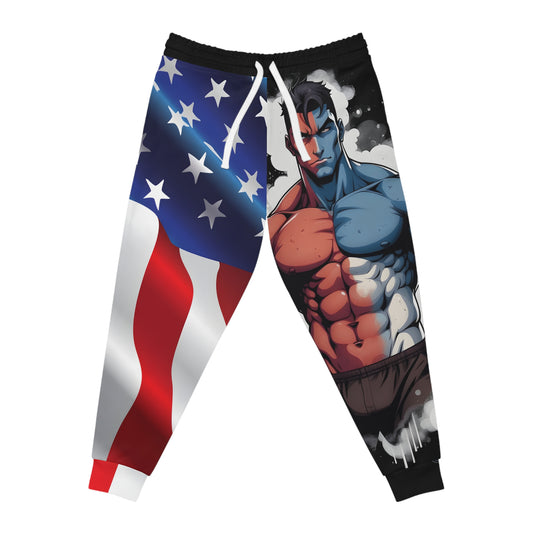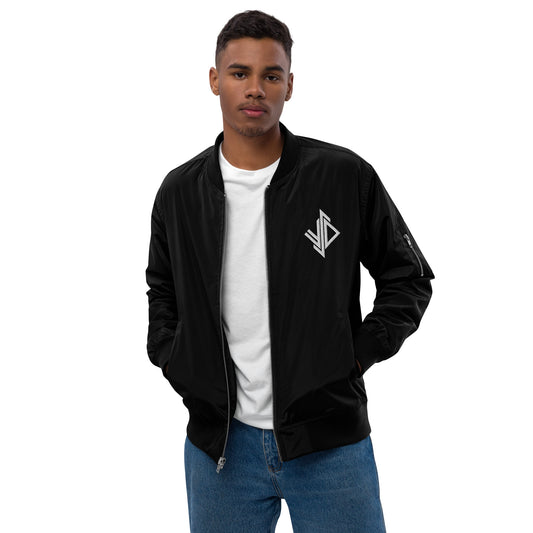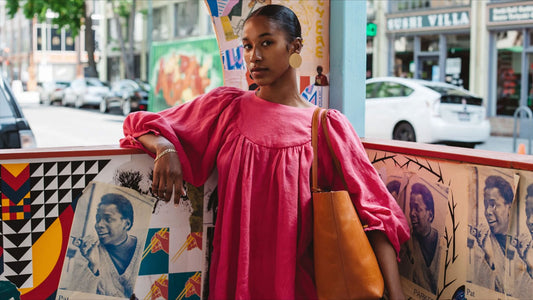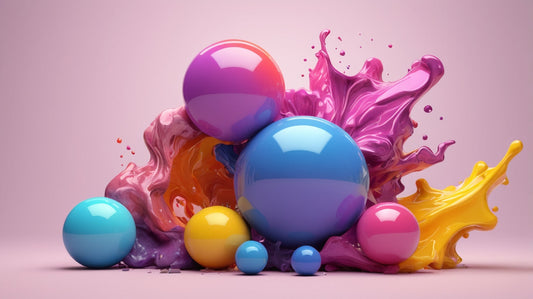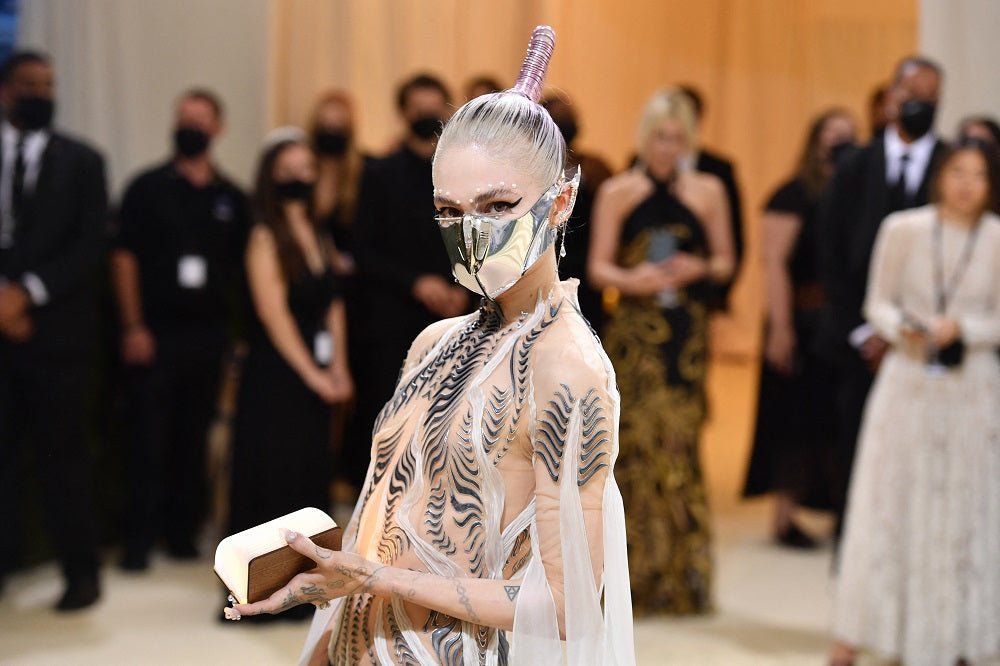
Retro Futurism: Exploring Fashion and Design Trends
In a world that seems to change at lightning speed, many people find comfort and inspiration in the past. Retro futurism has emerged as an exciting cultural phenomenon, one that marries nostalgia for mid-20th-century aesthetics with futuristic innovation. This article will delve deep into the fascinating world of retro futurism, examining its influence on fashion, design, and lifestyle, while also looking ahead to its potential applications in 2025. Join us as we embark on this vibrant journey!
Understanding Retro Futurism
At its core, retro futurism is an artistic and cultural movement that envisions the future through the lens of the past. It blends various elements from the 1920s to the 1980s, drawing inspiration from the optimism of the space age, the sleek lines of mid-century modern design, and the bold colors of psychedelic aesthetics. Retro futurism captures a whimsical blend of hope and nostalgia, and it speaks to our collective imagination about what the future could have looked like if past dreams had come to fruition.
But what is it about retro futurism that resonates so deeply with us? Perhaps it's the longing for a time when the future seemed filled with endless possibilities. In an age dominated by rapid technological advancements and often bleak predictions, retro futurism provides a comforting escape. It invites us to reimagine an alternate timeline, one where flying cars and shiny metal robots come together in a delightful dance of form and function.
The Influence of Retro Futurism on Fashion
Fashion is one of the most vibrant expressions of retro futurism. Designers have long looked back at the past to inform their future design choices, and retro futurism plays a key role in this dialogue. From space-age silhouettes to bold color palettes, the influence of retro futurism can be seen on runways and in everyday fashion, inviting a playful sense of nostalgia into the modern wardrobe.
Space-Age Styles
One of the most iconic aspects of retro futurism in fashion is the space-age style that emerged in the 1960s. Designers like Pierre Cardin and André Courrèges created sleek, unstructured clothing that evoked the excitement of space exploration. Think metallic fabrics, geometric patterns, and outfits that seem designed for a journey to Mars.
Trends such as miniskirts paired with over-the-knee boots, bubble dresses, and futuristic jumpsuits encapsulate the daring spirit of the time. This period marked a significant shift in fashion, as it broke away from traditional constraints, embracing innovation and experimentation. These imaginative designs encourage contemporary fashion enthusiasts to channel their inner astronauts, paving the way for a modern take on space-age chic.
Colorful and Bold Choices
While the 1960s had a strong focus on metallics and minimalism, the 1980s brought a more vibrant palette into the mix. Neon colors, oversized silhouettes, and playful patterns became synonymous with the decade. In retro futuristic fashion today, we see a resurgence of these styles, often reimagined with a modern twist. Expect to see bold prints, flashy accessories, and a playful blend of styles that pay homage to both the past and the future.
This colorful revival also invites the younger generation to engage with vintage aesthetics, as many are beginning to appreciate the uniqueness and character of thrifted pieces. This joyful embrace of color serves not only as a reflection of personal style but also as a statement against the monochromatic and minimalist trends that dominate contemporary fashion.
Streetwear Meets Retro Futurism
In recent years, streetwear has become a major influence on fashion, and it has beautifully integrated retro futurism into its aesthetic. Streetwear brands are drawing on retro styles, incorporating vintage logos, and using materials like reflective fabrics to nod to the futuristic aspect. This merging of casual and futuristic elements allows for unique self-expression, appealing to a generation that values authenticity and nostalgia.
As streetwear continues to evolve, many brands are experimenting with retro prints, oversized fits, and nostalgic graphics. The incorporation of elements from the 70s and 80s creates a fresh take on casual fashion, inviting wearers to embrace their individuality while looking back at what once inspired them. This blend also highlights the cyclical nature of fashion, proving that what was once considered "retro" can seamlessly transition into contemporary wardrobes.
Retro Futurism in Design
Design, much like fashion, is a reflection of cultural ideas and ideals. Retro futurism has made its mark not just in clothing but also in home décor, architecture, and product design. Let’s explore how retro futurism is shaping our environments, enhancing both functionality and aesthetics.
Mid-Century Modern Influence
Mid-century modern design is perhaps the most recognized influence in retro futurist design. Characterized by clean lines, organic shapes, and a harmonious blend of form and function, mid-century modern pieces have become enduring staples. In 2025, we can expect this trend to continue evolving, with retro futurism breathing new life into furniture and interior design.
Imagine walking into a home filled with iconic Eames chairs, Saarinen tables, and vibrant textiles that evoke a sense of nostalgia. The simplicity and elegance of mid-century modern design encourages a balance between aesthetics and functionality, making it an enduring choice for contemporary interiors. Expect to see designers reinterpreting classic forms by introducing sustainable materials and eco-friendly practices, thus merging the best of both worlds.
Architectural Inspirations
Architects are also embracing retro futurism by harkening back to designs from the 50s and 60s. Structures that feature bold, curvilinear shapes and vibrant colors reflect the optimism of the past while also addressing modern sustainability challenges. The use of innovative materials and eco-conscious building practices ensures that these designs are not just a nod to history but also a forward-thinking approach to living spaces.
For instance, expect to see residential buildings that combine green roofs, energy-efficient designs, and retro-inspired aesthetics that create a unique fusion of old and new. This architectural renaissance highlights a growing awareness of the built environment, as people seek spaces that feel both nostalgic and futuristic.
Product Design and Consumer Goods
From kitchen gadgets to tech products, retro futurism is influencing the way we design consumer goods. Companies are tapping into nostalgic aesthetics with products that evoke a sense of joy and whimsy. Look for devices and accessories that combine vintage-inspired colors and forms with modern technology—think kitchen appliances in pastel shades and sleek designs that are both functional and visually appealing.
In 2025, we can anticipate a broader adoption of retro-inspired products that combine design with sustainability. Think energy-efficient appliances designed to resemble vintage counterparts, making the kitchen both a nostalgic homage and a modern necessity. These products cater to consumers who prioritize aesthetic beauty while maintaining an environmentally responsible lifestyle.
Retro Futurism as a Lifestyle
Beyond fashion and design, retro futurism has also seeped into lifestyle choices. People are increasingly seeking ways to incorporate this movement into their daily lives, creating communities that embrace retro aesthetics and values. Living a retro futurist lifestyle is not just about aesthetics; it's about fostering connections, creativity, and a sense of belonging.
The Rise of DIY and Vintage Culture
In the age of fast fashion and mass production, there’s been a growing interest in vintage culture and DIY projects. Retro futurism encourages people to explore thrift stores, flea markets, and antique shops for unique finds that can be repurposed or restored. This not only contributes to a more sustainable lifestyle but also supports local businesses and craftspeople.
DIY projects inspired by retro futurism allow individuals to reconnect with their creativity. From reupholstering vintage furniture to making clothing from thrifted fabrics, these projects invite a hands-on approach that enriches one’s life. The satisfaction of creating something beautiful while reducing waste is a powerful aspect of the retro futurism lifestyle.
Community and Collaboration
Social media platforms have given rise to communities centered around retro futurism. Enthusiasts share their outfits, home designs, and creative projects, fostering an environment of collaboration and inspiration. Events such as retro-themed parties and vintage pop-up markets further encourage people to connect and celebrate this aesthetic.
This sense of community extends to online forums and social media groups, where individuals can exchange tips on how to incorporate retro styles into their lives. The shared passion for past aesthetics fosters friendships, making retro futurism not just a style but a lifestyle that brings people together.
Mindfulness and Creativity
Embracing retro futurism can also be a form of mindfulness. The focus on vintage aesthetics encourages individuals to slow down and appreciate the craftsmanship and design of past eras. Many find that creating art, whether through fashion, design, or DIY projects, is a therapeutic outlet that fosters creativity and self-expression.
Practicing mindfulness in this way enables individuals to find joy in the small things and cultivate a deeper connection to their passions. Retro futurism invites us to turn our attention to the beauty around us, appreciating the artistry that has come before while crafting new narratives for the future.
Real World Applications in 2025
As we look ahead to 2025, the application of retro futurism is poised to offer innovative insights into our lives. Technology and design are continuously evolving, and retro futurism will play a vital role in shaping these advancements, creating a bridge between nostalgia and modernity.
Sustainable Fashion Innovations
The fashion industry is moving toward greater sustainability, and retro futurism can help guide this transition. Expect to see brands creating clothing lines that combine vintage aesthetics with eco-friendly materials and practices. In 2025, more designers will likely embrace upcycled fabrics, and collections will draw heavily on retro styles to appeal to eco-conscious consumers.
This shift represents a broader trend in which consumer preferences are influencing brands to adopt sustainable practices—demonstrating that stylish choices can also be responsible. Retro futurist design principles can serve as a foundation for creating meaningful fashion that resonates with the modern consumer.
Smart Homes with a Nostalgic Twist
The concept of smart homes is becoming increasingly popular, and retro futurism can provide a charming twist on this trend. Imagine homes equipped with smart technology that seamlessly integrates with mid-century modern furniture and design elements. Expect to see products that blend vintage charm with modern functionality, making everyday life both stylish and efficient.
In 2025, we may see smart home systems that embrace retro aesthetics, featuring designs that harken back to a time when attention to detail was paramount. This fusion of technology and nostalgic design ensures that homes feel both inviting and modern, highlighting the importance of creating spaces where people love to live.
Art and Technology Collaborations
As technology advances, art and design are also evolving. Virtual reality (VR) and augmented reality (AR) technologies provide exciting opportunities for retro futurism to come alive. Imagine stepping into a virtual world filled with retro-inspired landscapes, designed with a nod to the iconic styles of the past. In 2025, we may see more artists and designers collaborating to create immersive experiences that transport users to a nostalgic future.
These experiences could encompass anything from virtual exhibitions showcasing retro art to interactive installations that allow users to explore retro futurist environments. This blending of technology and artistic expression invites creators to push the boundaries of traditional mediums, crafting engaging experiences that captivate audiences.
FAQ Section
What is retro futurism?
Retro futurism is a cultural and artistic movement that envisions the future through the lens of past aesthetics, primarily from the 1920s to the 1980s. It combines elements of nostalgia with innovative design and technology, creating a unique aesthetic that celebrates both the past and the future.
How does retro futurism influence fashion?
Retro futurism influences fashion through its unique blend of styles and trends from past decades. Designers often incorporate metallic fabrics, bold colors, and vintage silhouettes into modern fashion collections, creating a playful and nostalgic aesthetic that attracts a wide audience.
In what ways is retro futurism present in design?
In design, retro futurism manifests through mid-century modern influences, architectural innovations, and consumer goods that feature vintage aesthetics. The goal is to merge the beauty of past designs with contemporary functionality, creating spaces and products that balance nostalgia with modern needs.
How can I incorporate retro futurism into my lifestyle?
You can incorporate retro futurism into your lifestyle by exploring vintage shops, engaging in DIY projects, and curating a home environment that reflects your love for retro aesthetics. Additionally, embracing art and fashion from past eras allows you to deepen your connection to this movement and express your unique style.
What can we expect from retro futurism in 2025?
In 2025, retro futurism is expected to further influence sustainable fashion innovations, smart home designs with nostalgic elements, and collaborations between art and technology, creating immersive experiences that celebrate the past while looking ahead to the future. As technology continues to advance, retro futurism will serve as a bridge connecting tradition with modernity.
As we continue exploring the boundaries of creativity and imagination, retro futurism will undoubtedly become an even more significant part of our cultural landscape. Whether through fashion, design, or lifestyle choices, the charm of retro futurism invites us to dream while remembering where we came from. So let’s embrace the past, find joy in the present, and use our imagination to create a brighter, more colorful future!






